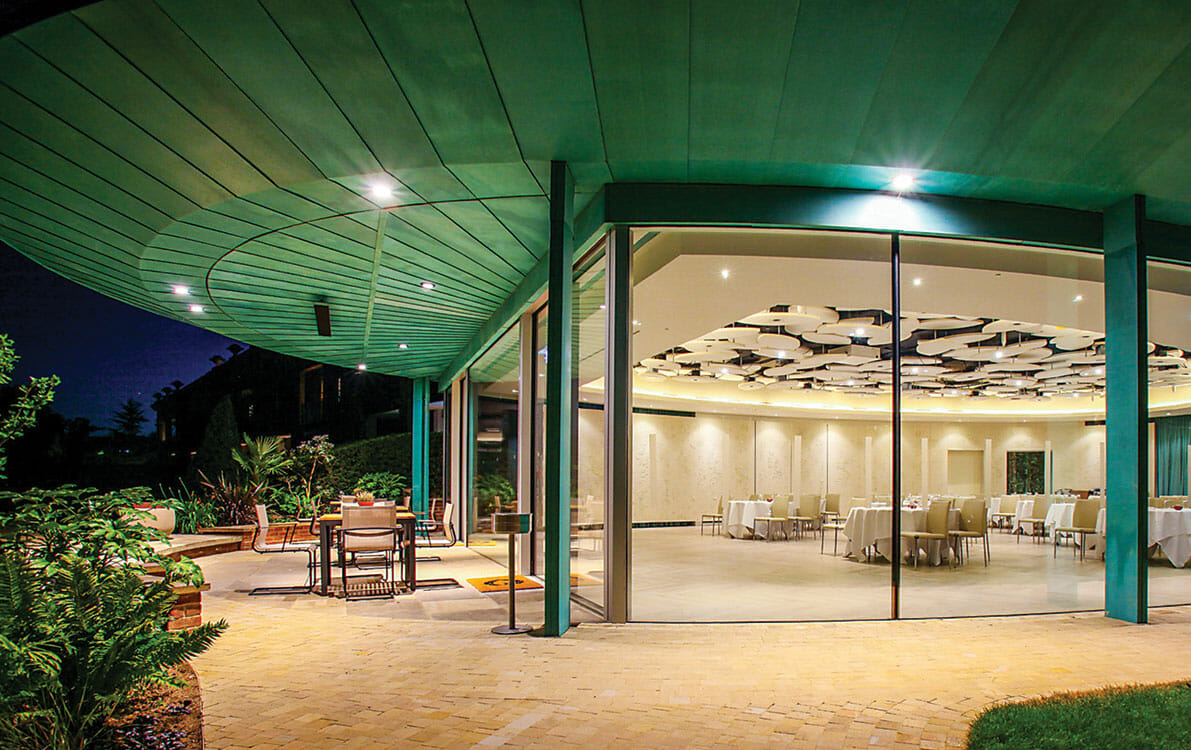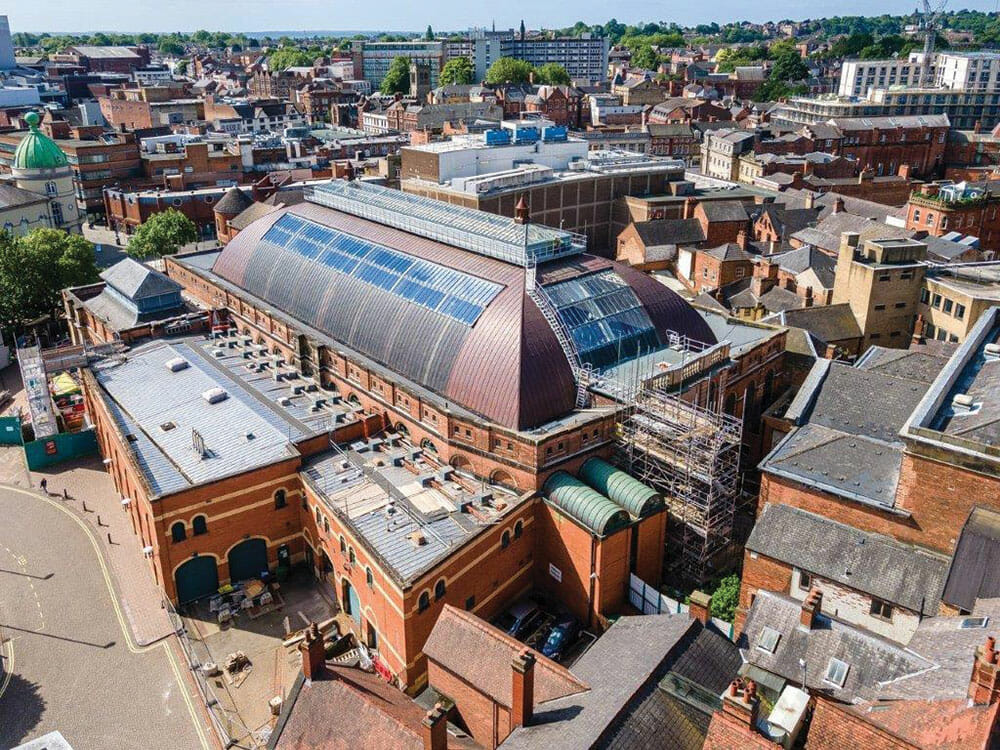
With regulation changes and a market still in recovery mode, specifiers and architects looking to utilise metal for roofing and cladding should expect fresh challenges over the coming months, says Simon Walker at SIG Design and Technology
As a global commodity, metal products have always been subject to price fluctuations driven by global demand and international events. Up until 2022 these were relatively predictable and it was possible to forecast, with reasonable accuracy, the likely cost of metal roofing products in advance. Metals such as copper offered specifiers and architects value, both in terms of cost and product performance.
However, last year represented a huge shift in the norm and pricing forecasts suddenly became a lot less reliable. 2022 saw big price fluctuations due to soaring energy prices and rapidly changing availability. Copper, for example, saw prices soaring as sanctions were imposed on Russian exports following its invasion of Ukraine (in 2020, Russian was seventh in the world’s copper producing nations.)
Compounding this, a fall in the value of the GB Pound against the US Dollar has pushed up some material prices on the domestic market because metals are traded in US Dollars on the London Metals Exchange.
Moving away from the norm
Copper has long been seen as an ideal material for metal cladding and roofing. However, amid warnings of potential slowdowns in the construction sector and spiralling prices, specifiers are starting to search for alternatives.
The key has been to find an alternative to copper which maintains the performance qualities, ease of installation on site, and has a similar aesthetic over time. Reflecting this trend, aluminium has seen a huge increase in interest as an alternative.
Aluminium combines the benefits of being lightweight and easy to work with – making for efficient installations. For architects and specifiers, it’s available in a wide choice of colours and with unique surface patterns or effects to match as closely as possible to typical copper applications.
Depending on the product, aluminium cladding comes in a number of varying shades as standard with bespoke colours available upon request. This flexibility and durability have made it a highly sought after solution.
Keeping up with the standards
On top of the challenge of specifying different products to stay within budget, the other hurdle architects and specifiers must overcome is ensuring compliance with the latest changes to the fire regulations. More specifically in England & Wales, to Approved Document B which includes the ban on the use of combustible materials as part of an external wall construction for residential buildings.
In 2018, Regulation 7 of the Building Regulations was amended to explicitly ban the use of combustible cladding in the external walls of residential buildings with a storey at least 18 metres above ground.
The recent amendments to the Building Regulations (including Document B) were introduced in June 2022 and came into effect on 1 December 2022. From this date, the ban on the use of combustible cladding has been extended to include any building with at least one storey 11 metres above ground level and which contains one or more dwellings, including student accommodation, care homes, sheltered housing, hospitals, and dormitories.

While metal is largely unaffected, it’s the substrate the metal cladding is attached to which is where many of the changes will impact how products are specified.
For example, on Barchester Street, a scheme for 115 new affordable homes in Poplar, east London, SIG Design and Technology worked with the project team to develop a fire compliant solution for the zincclad facades.
The solution utilised a steel frame system and comprised a cement particle backing board, mineral wool insulation, aluminium rails to support the steel sheeting (in place of plywood) followed by a breather membrane. This was then covered with angled zinc standing seam cladding.
The above paragraphs highlight the importance of understanding the new rules relating to fire and how it affects the materials used in a roofing or cladding application. While the temptation might be to reuse an existing specification, it’s now critical to check that each component is fit for purpose and that the system as a whole satisfies the requirements of the Building Regulations.
Use your supply chain
The information to help specifiers and architects is out there and readily available from manufacturers, but finding and making sense of it is a task in itself.
It’s here where early engagement with the supply chain can make overcoming these challenges easier. Distributors can leverage their relationships with manufacturers to ensure the information needed is readily available, removing the pain of searching.
Some companies go one step further in not only supplying complete cladding solutions but offering technical and regulation specialists that are there to support customers in developing a compliant solution.
It is also worth looking at whether system component warranties are offered by your supplier. This is critical as while individual warranties will likely be in place for single products, the focus is on how these all perform as a system. Therefore, a system approach to solutions and warranties is the best way to ensure peace of mind for you and the building owner.
Simon Walker is category manager at SIG Design and Technology – Hard Metals
